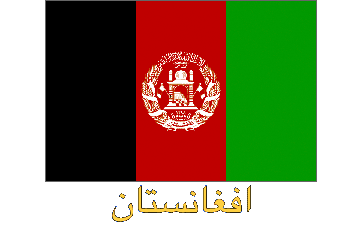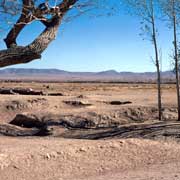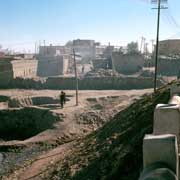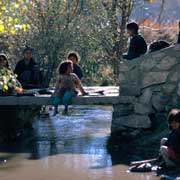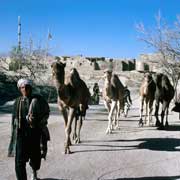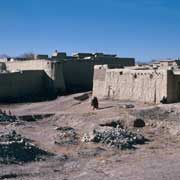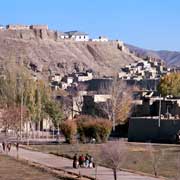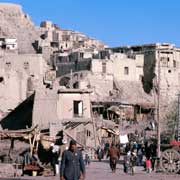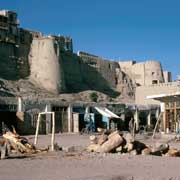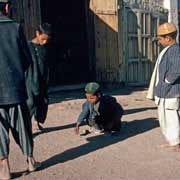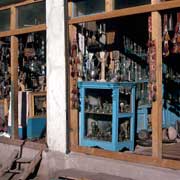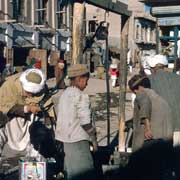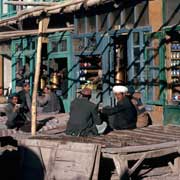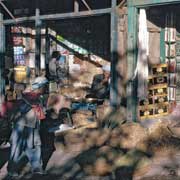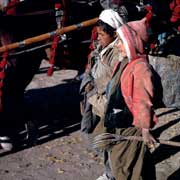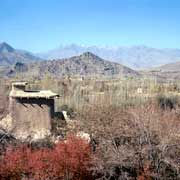Photos from Afghanistan
Ghazni, ancient city of Ghazna
Ghazni, in the centre-east of Afghanistan, is a city of around 141,000 inhabitants, capital of the province with the same name. It lies on the Lora river and the Kabul-Kandahar road; an important market town, famous for embroidered sheepskin coats, but also cloth from camel hair, corn, and fruit. The population is mainly Tajik. The main city on the Kabul-Kandahar highway, it became a strategic military target during the Afghanistan War.
you may then send it as a postcard if you wish.
The city, named Ghazna in ancient times, was already flourishing around the 7th century as a thriving Buddhist centre when Arab armies brought Islam to the region In 683. It was the dazzling capital of an Empire under the Turkish Ghaznavid dynasty from 994-1160, extending into northern India, Persia and Central Asia. Under Mahmud of Ghazni, who built a magnificent mosque, Afghanistan was the centre of Islamic power and civilisation at the beginning of the 11th century. Mahmud’s mausoleum is still visible. The walled, old city of Ghazni, with its numerous bazaars, contains the ruins of ancient Ghazna.
Ghazni was sacked in 1149 by the kings of Ghor, and Ogotai, a son of Genghiz Khan, completed its destruction in 1221. In 1747 the city became part of the new kingdom of Afghanistan. The Citadel, Ghazni’s strong fortress, was taken and destroyed by the British in 1839 and 1842 during the First Anglo-Afghan War. It has only been partially rebuilt. The other point of interest is the Palace of Sultan Masoud, a vast complex including a throne room, a Royal apartment, government offices, soldiers’ quarters, a mosque and remains of gardens.


